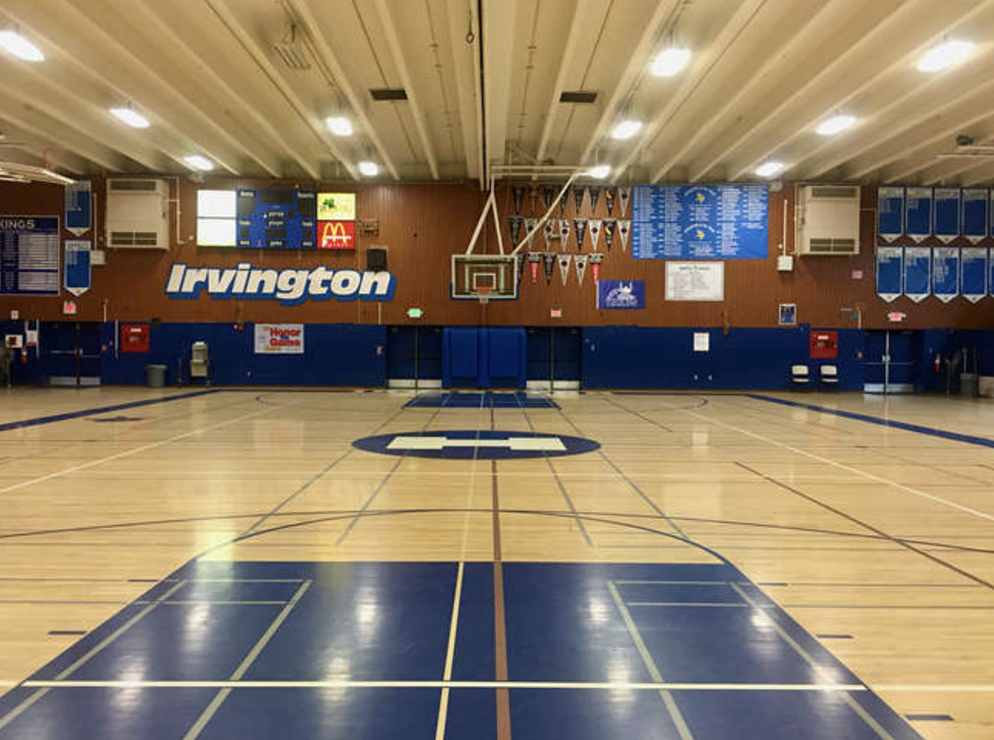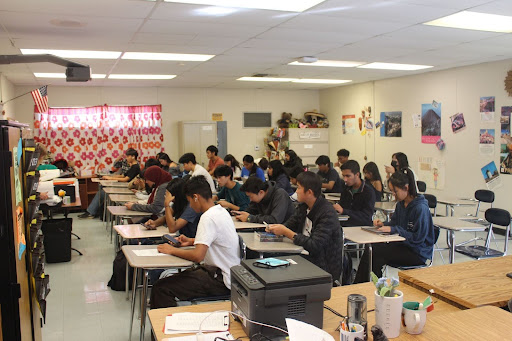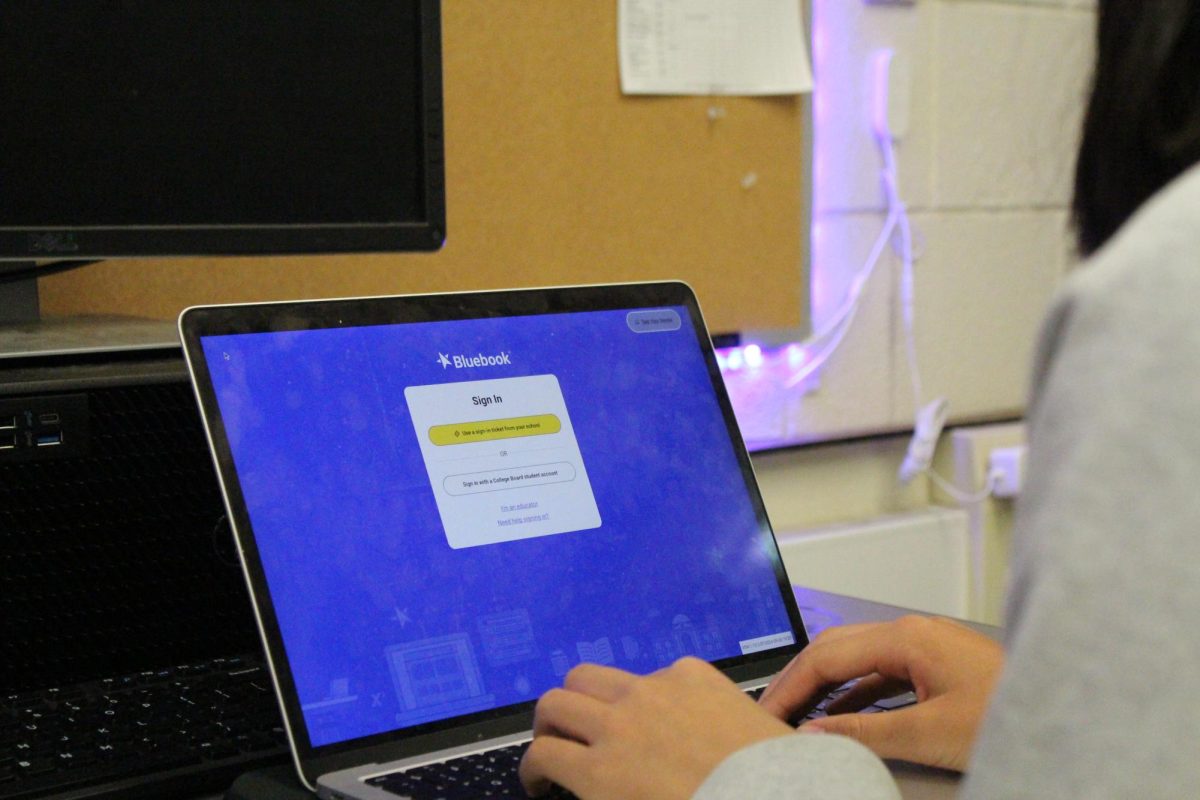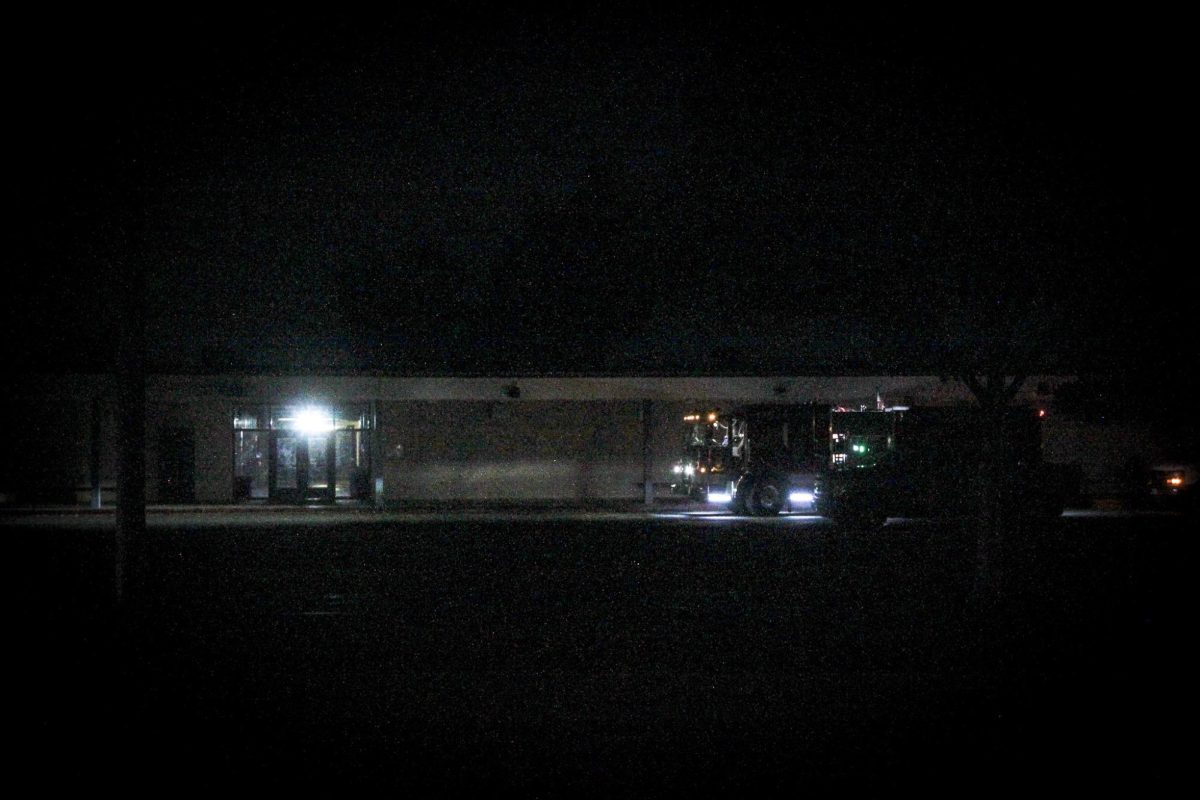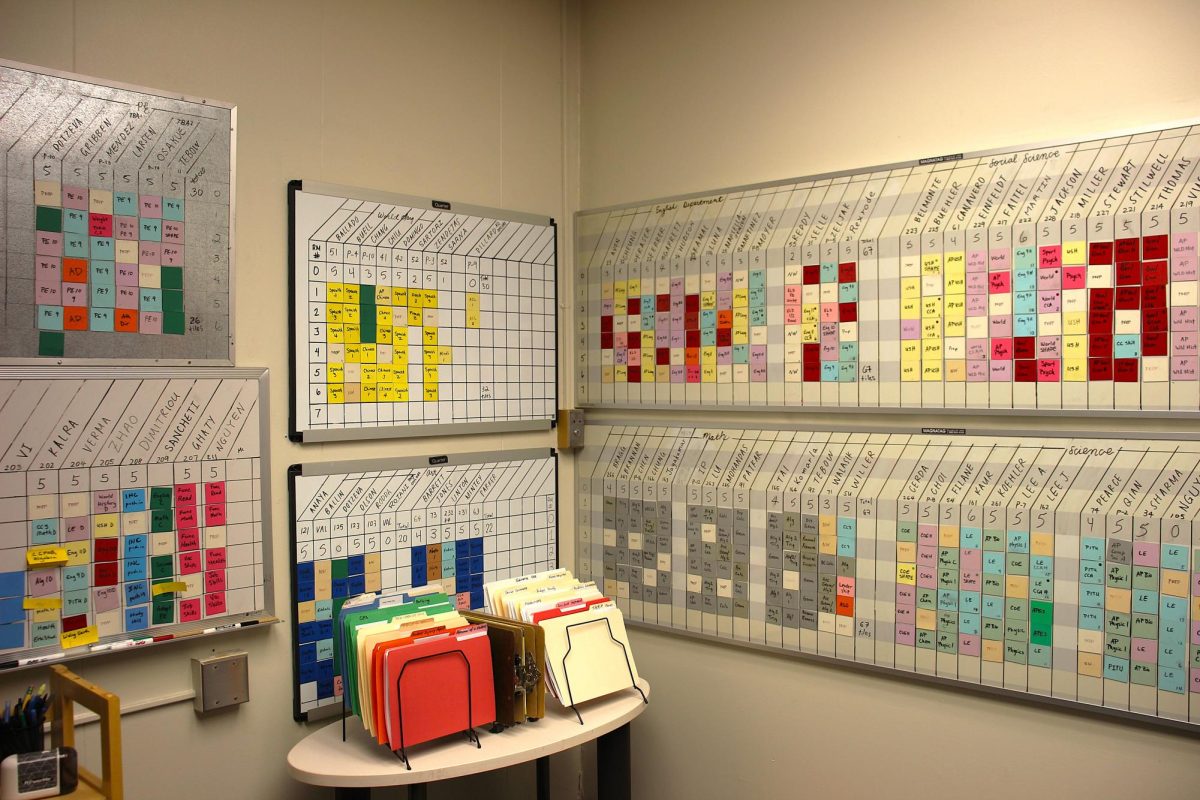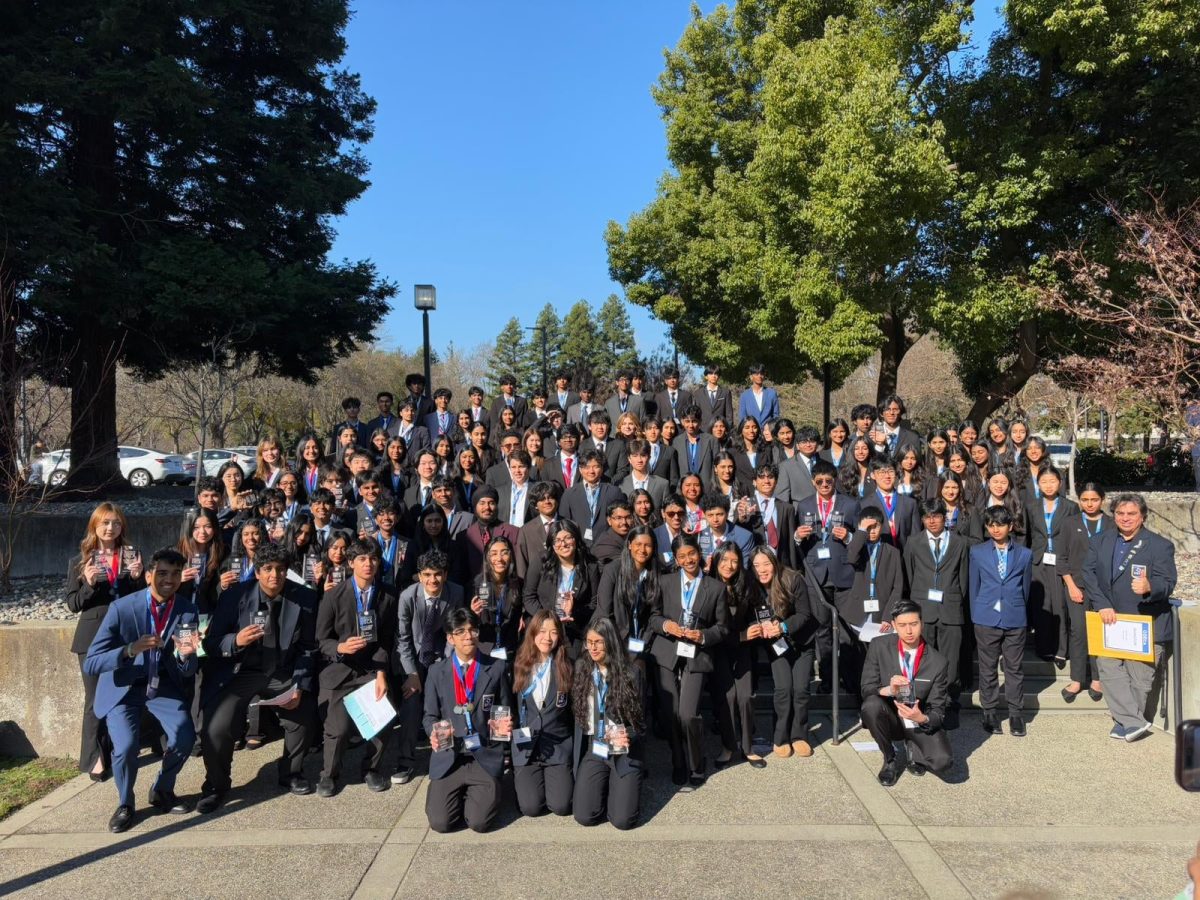By Tiffany Lin and Shonushka Sawant | Staff Writers
As the school year begins, some students have found that upon reaching their classrooms, a disproportionate number of males to females is present. This phenomenon happens in both advanced science and humanities classes at Irvington.
Traditionally, STEM subjects have had a higher number of boys than girls in classes. Mr. Kumar, who teaches AP Computer Science and AP Physics, said that there is a gender imbalance in his classes all across the board. In particular, Mr. Kumar’s AP Physics C class, which has 20 students total, only has five girls enrolled. There is a similar trend in his AP Computer Science class, in which there are only nine girls compared to 23 males.
Meanwhile, Mrs. Hallford’s 6th period AP Literature class is faced with exact opposite conditions. Her class consists of six males in a class with 26 females. Similarly, the AP Studio Art class experiences a similar disproportion with four males among many more females.
The uneven distribution of gender could be indicative of missed opportunities. “Given the fact that all tech companies are trying to eliminate gender bias, I think it makes sense for the females to take STEM classes,” said Mr. Kumar. “Right now the advantage is for the girls. The companies will be more likely to hire them.”
Even so, it remains unclear whether having an even distribution of gender in all classes would be more or less beneficial to students. Senior Nikhil Jaha, who is in AP Literature, said, “Being one of the six males in the classroom hasn’t really changed my experiences so far, as we’ve mainly focused on discussions. Even in the future, if we do group work, I don’t believe I’ll really feel anything different from a more gender balanced class.”
What is the cause of this disparity? Mr. Lee, who teaches AP Chemistry, says, “Part of the reason is self selection. Maybe there is an intimidation factor.”
Sophomore Emily Pi, a student in AP Studio Art, has also noticed in her previous art classes that boys are not as encouraged to pursue creative endeavors when they are young. Consequently, they show less interest in art at an older age.
Whatever the reason, it is fair to say that skewed gender ratios have generally been constant in these classes. “I don’t think it’s gotten better or worse,” said Mr. Kumar . “I think it’s just a low percentage of females in my classes.” For now, it seems that imbalanced gender ratios will continue to be a trend at Irvington.





